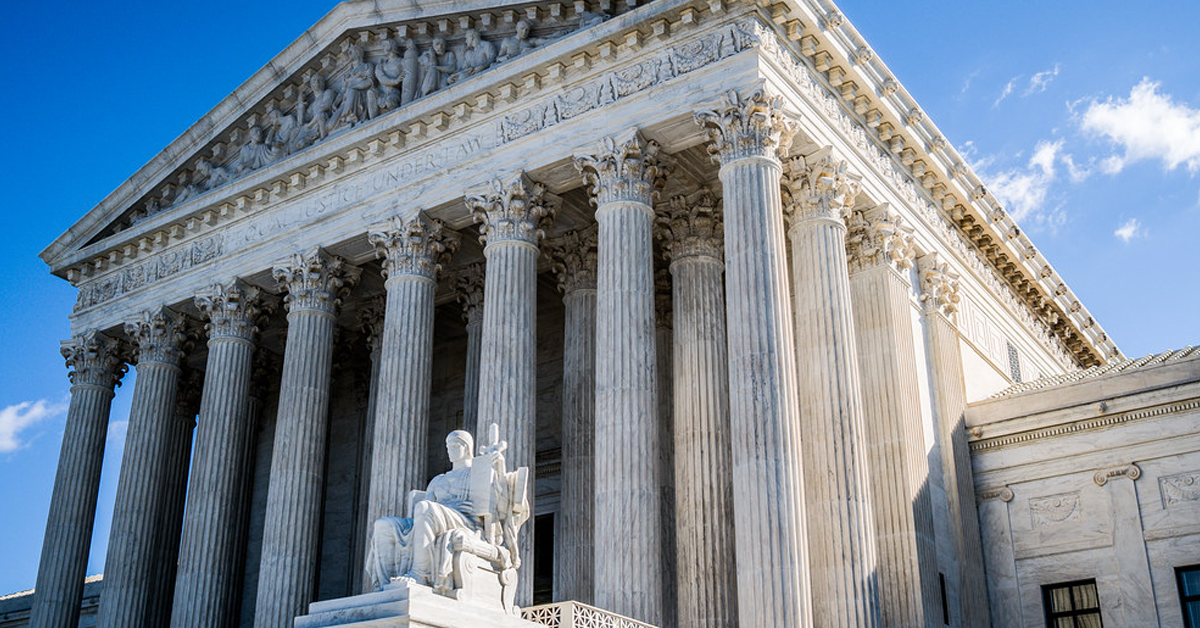The Supreme Court overturned a lower court ruling and found that the FDA acted lawfully in blocking two vaping companies from marketing fruity and dessert-flavored liquids for their e-cigarettes:
The FDA’s decision was challenged by Triton and Vapetasia LLC, but the Supreme Court ruled in favor of the FDA, rejecting the U.S. Court of Appeals for the 5th Circuit’s earlier ruling.
The big picture: Justice Samuel Alito authored the opinion, stating that the FDA’s actions were proper and consistent with its goal of preventing products that appealed to young people from entering the market.
- The FDA has only authorized the sale of 34 e-cigarette products, primarily tobacco-flavored, to combat the risks of youth addiction.
Driving the news: Triton and Vapetasia LLC applied for marketing permission for flavored e-liquids, including sour grape and creme brulee, but the FDA denied their authorizations, citing inadequate evidence to mitigate youth addiction risks.
- While the companies argued that the FDA unfairly changed its standards during the review process, the Supreme Court found that the FDA’s requirements were clear and consistent.
- The 5th Circuit ruled in favor of the companies, accusing the FDA of misconduct, but the Supreme Court remanded the case for reconsideration, emphasizing that the FDA’s standards were not improperly altered.
Go deeper: Despite perceptions that the FDA applied a less demanding standard, the Supreme Court determined that the agency maintained consistent guidelines throughout the review process.
- The FDA clarified that it has not banned flavored e-cigarettes, but companies must meet rigorous standards given the substantial risks to youth associated with such products.
- The lower court criticized the FDA’s conduct, claiming the agency requested specific marketing plans but denied the applications without proper evaluation, prompting the Supreme Court to intervene in the legal dispute.
- Alito emphasized that the companies were aware of the evidence required by the FDA, stating that the companies’ own applications demonstrated their understanding of the regulatory expectations set by the agency.











